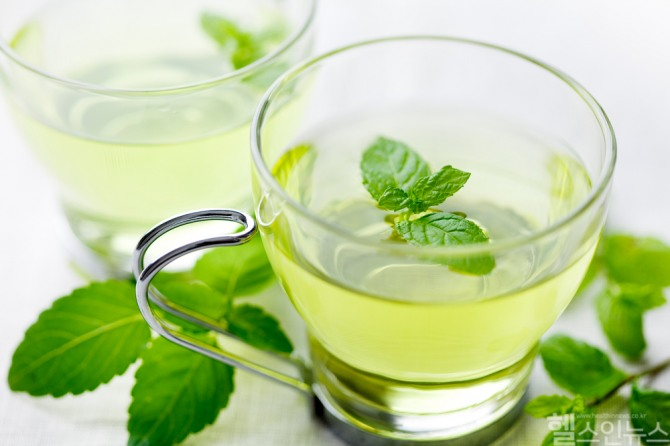Mint’s Cooling Effect: Health Benefits, Risks, and Practical Uses
Digestive Health Benefits and Precautions
Research suggests that mint may help alleviate symptoms of digestive issues, such as indigestion or irritable bowel syndrome, by relaxing the muscles of the digestive tract. However, for individuals with gastroesophageal reflux disease (GERD), mint may exacerbate symptoms like heartburn or acid reflux, as it can relax the lower esophageal sphincter. Because its effects vary depending on individual gastrointestinal conditions, those who experience discomfort after consuming mint should avoid it.
Respiratory Clarity: Perception vs. Reality
Mint candies or tea often provide a sensation of clear breathing, as if the nasal passages have opened. This is largely due to menthol’s cooling effect, which creates an illusion of decongestion. However, scientific evidence indicates that mint has limited physiological impact on relieving nasal congestion or expanding airways. While it can offer a soothing, auxiliary effect, mint should not be considered a substitute for medical treatment for respiratory conditions.

Mint in Skincare and Everyday Applications
Mint oil, valued for its potential antibacterial and anti-inflammatory properties, is a common ingredient in cosmetics and aromatherapy products. However, high concentrations of mint oil can cause skin irritation or allergic reactions, so caution is advised. Diluting the oil and conducting a patch test before applying it to the skin is recommended to ensure safety.
Safety Considerations for Mint Consumption
In small amounts, such as those found in food or beverages, mint is generally safe for most people. However, mint oil should not be applied directly to the face or near the nose of infants or young children, as it has been associated with risks such as respiratory suppression. For pregnant women, consuming mint in foods or teas is typically considered safe, but high-potency supplements or oils should only be used after consulting a healthcare provider.
Enjoying Mint Wisely
Mint’s crisp flavor and aroma make it a beloved ingredient worldwide. Yet, it’s important to consume it thoughtfully, tailored to one’s health needs. Understanding the science behind its cooling sensation allows us to appreciate mint not only as a sensory delight but also as a potential ally in supporting wellness when used appropriately.
Oh Ha Eun / press@themedik.kr
Headlines
-
 Healthcare
Healthcare
Finding a Lump in Your Breast: Why It’s Not Always Cancer and What to Do Next
-
 Healthcare
Healthcare
As Winter Bites, Pet Kneecaps Slip: The Hidden Threat of Patellar Luxation in Dogs and Cats
-
 Wellness
Wellness
Korean Herbal Tea Culture: A Wellness Tradition for Body and Mind
-
 Healthcare
Healthcare
How to Counteract Caffeine’s Effects for Better Sleep
-
 News
News
Celltrion Launches Aptozma Biosimilar in U.S. Market: 35% Price Reduction and Blue Cross Coverage for Autoimmune Treatment
-
 Healthcare
Healthcare
Blue Light: Is It Really a Threat to Your Eyes and Health?
-
 Healthcare
Healthcare
The Hidden Health Risks of Your Showerhead: Why Regular Cleaning Matters
Doctors & Hospitals
-
 Healthcare
Healthcare
Eczema: Blending Conventional Relief With Korean Herbal Medicine for Lasting Skin Health
-
 Healthcare
Healthcare
Warts: Beyond Simple Removal—Focus on Immunity for Lasting Relief
-
 Healthcare
Healthcare
AI-Powered Smartphone Tool Opens New Path for Early Autism Screening in South Korea
-
 News
News
Korean Surgeon Pioneers Remote Bladder Cancer Surgery Training Using Da Vinci 5 Platform
-
 Healthcare
Healthcare
Myocardial Infarction Risks Surge in Fall: How to Protect Your Heart
-
 Healthcare
Healthcare
Innovative Korean Acupuncture Therapy Offers Hope for Acne Scar Treatment
-
 Healthcare
Healthcare
Thyroid Surgery and Recovery: Essential Post-Operative Care Guide






